E.G.S LobArt recently presented the V-ERA, a new prototype homologated for the FIA Group CN and Group 2B regulations, focused mainly on hill climb events. Born from the merger between EGS and LobArt Automobili in 2014, the company teamed up with CAMAL Stile to create the V-ERA, which takes inspiration from the design of the 2023 Test/1 concept car..
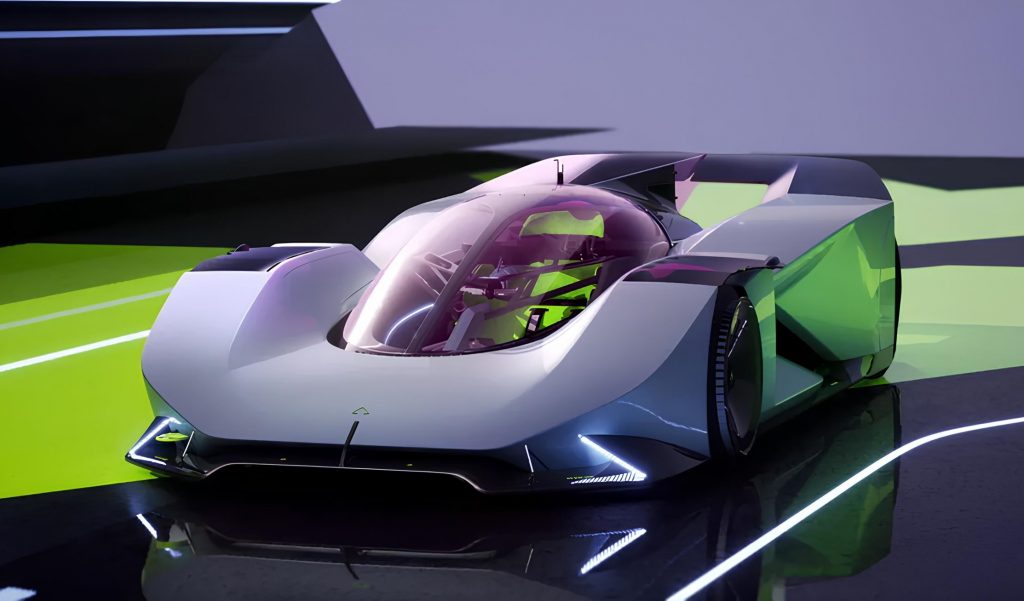
Built on a carbon fiber monocoque, the prototype has a wheelbase of 2550 mm, and the use of aeronautical lamination techniques made it possible to produce a bodywork just 0.4 mm thick, resulting in a total weight of just 570 kg. In addition, the V-ERA has a front crash box also made of carbon fiber and has independent suspension on all four wheels, with a third element on the front and rear axles.
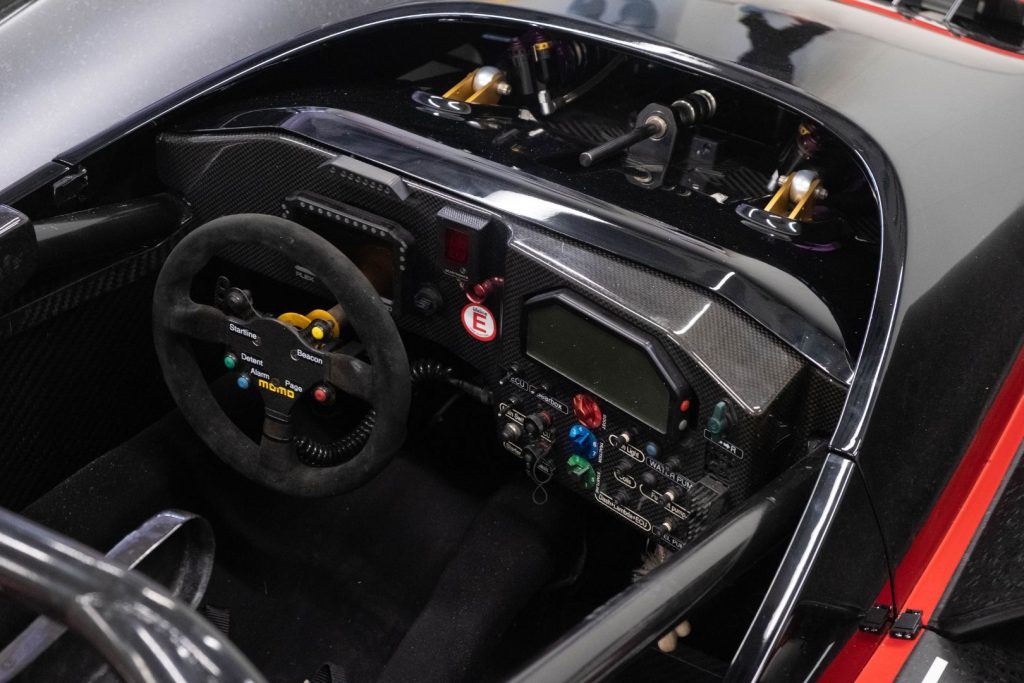
Na versão para subida de montanha, a motorização é um Honda K20, sobrealimentado com potência declarada de 640 HP, aliado à um transeixo Hewland FTR e diferencial Hewland Powerflow, enquanto versões para track day poderão ser equipadas com motores V8, V10 ou até mesmo V12.
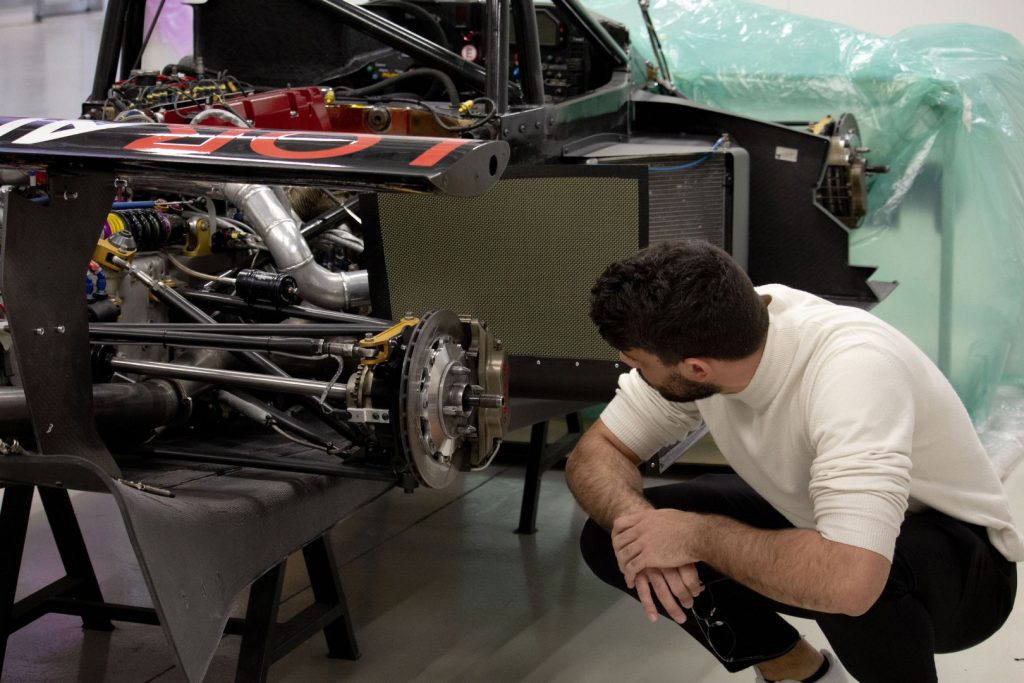
Aerodynamics

As for aerodynamics, LobArt declares that the V-ERA is capable of generating 1,150 kgf of aerodynamic load, at a speed of 200 km/h, which would place it at a similar level to the LMP1 prototypes from the early 2000s. According to the manufacturer, this number is primarily possible through the combination front splitter (1), which is adjustable together with the rear wing and rear diffuser. The front aerodynamic package also includes a pair of canards (2), which connect to the splitter through an endplate (3).

Below front bodywork there is also a second element (4) that works in conjunction with the front splitter.

Still at the front end, the wheel arches are ventilated through louvres (5) and the front wheels have aerodynamic wheel covers (6), which can be seen in greater detail in the image below.
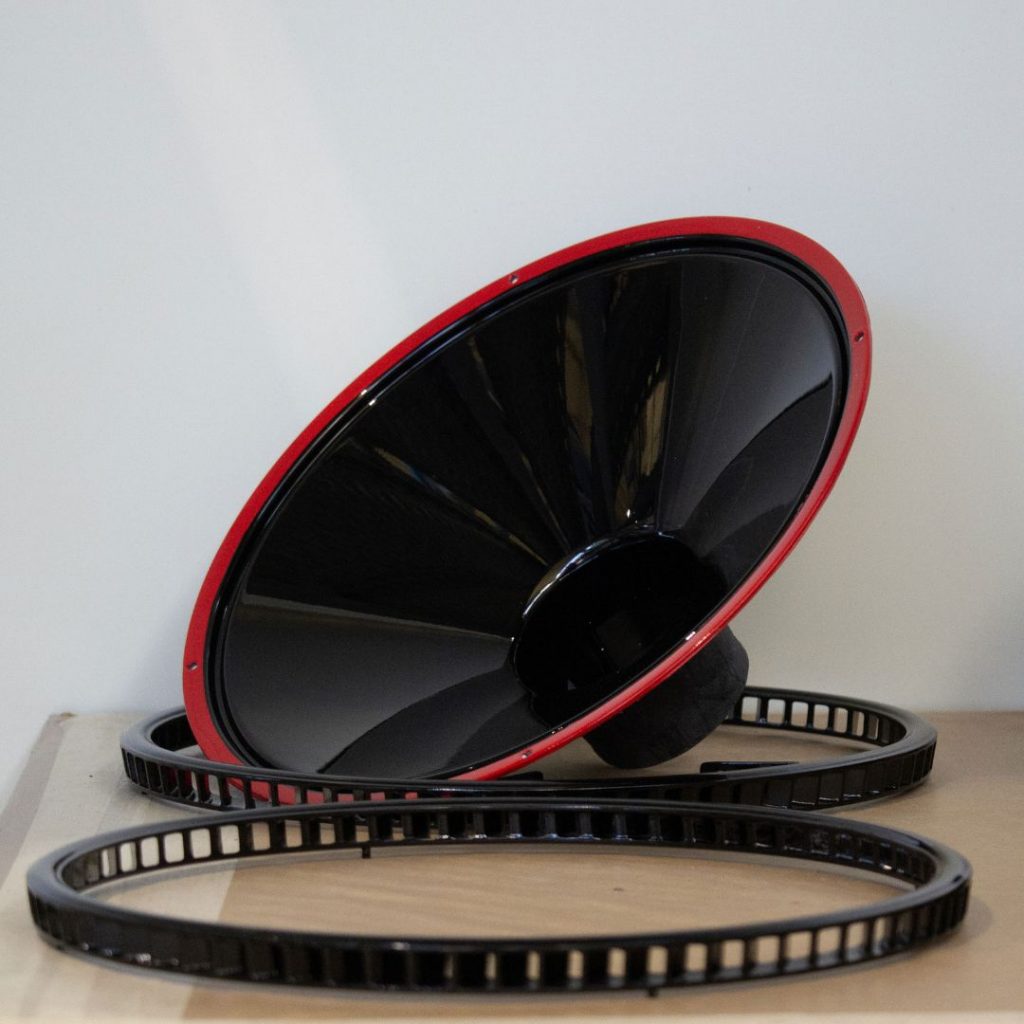
Furthermore, there is an opening at the top of the front fairing (7) to allow part of the air that passes through the splitter to pass through.

Moving on to the central section, the air intakes for the engine and radiators are made through the air intakes on the side of the cockpit (8), and on the engine cover there is a dorsal fin (9). The rear spoiler has two elements (10) and in addition to the two central supports with mounting from below, they are fixed to the diffuser through endplates with a complex design (11). Interestingly, the rear wheels are partially uncovered (12), reminiscent of some prototypes from the 60s.
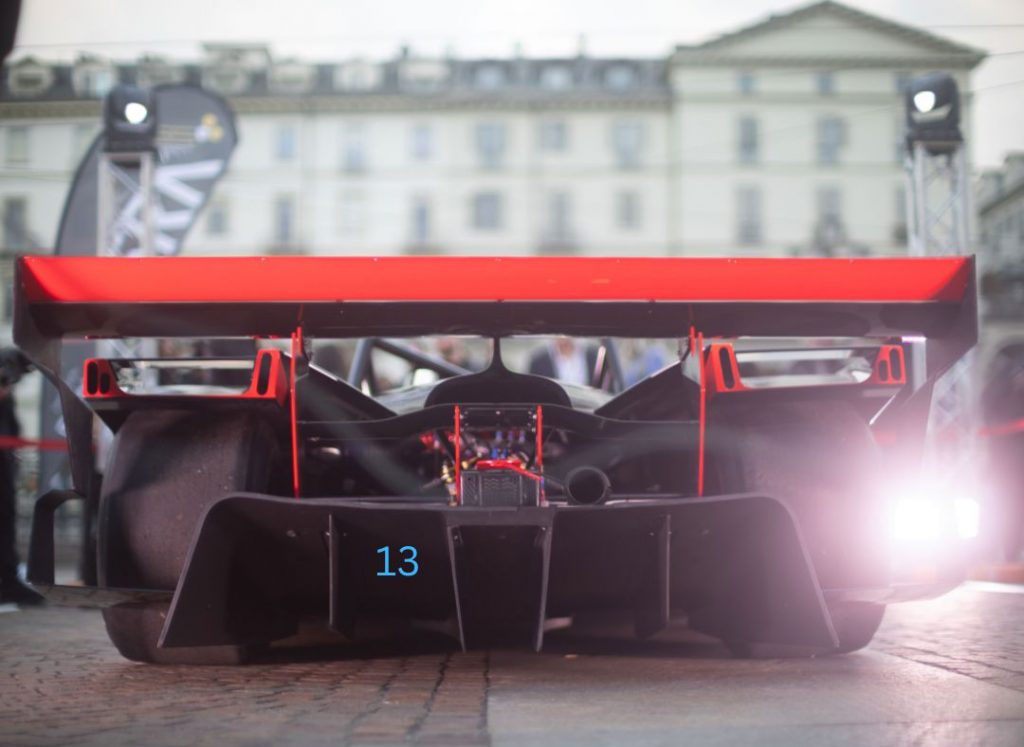
Finally, the diffuser (13) has four vertical strakes to divide the air flow, completing the V-ERA’s aerodynamic package.
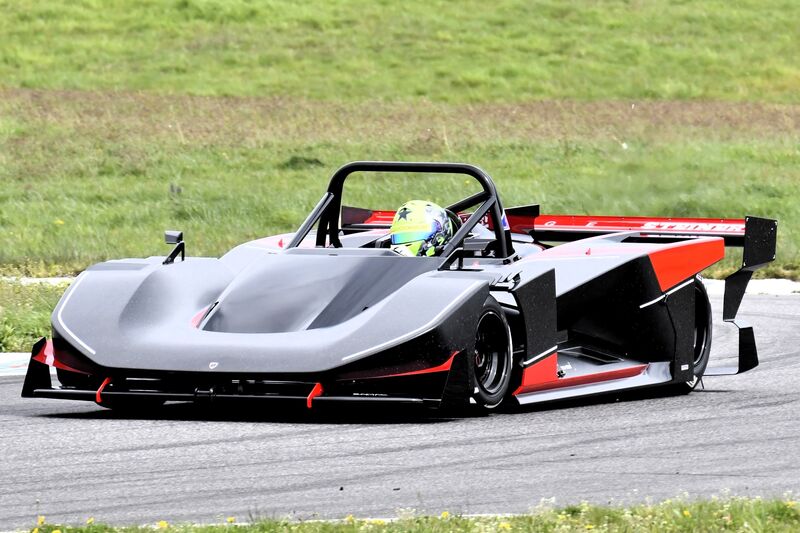
The V-ERA is currently being tested, and will be used by the current Swiss hill climb champion, Marcel Steiner. First impressions were positive, with the V-ERA demonstrating the ability to produce fast laps more consistently than Steiner’s previous prototype, but with a lot of development work ahead. The competition debut will take place in Rechbergrennen, Austria, a race that will be valid for the European and Austrian mountain climbing championships.
You may also be interested in:

Wolf GB08 Tornado Extreme
Based on the winning GB08 Group COM specification, the GB08 Tornado Extreme takes performance to the next level, with a 650 HP Ford V8 engine and revised aerodynamics.
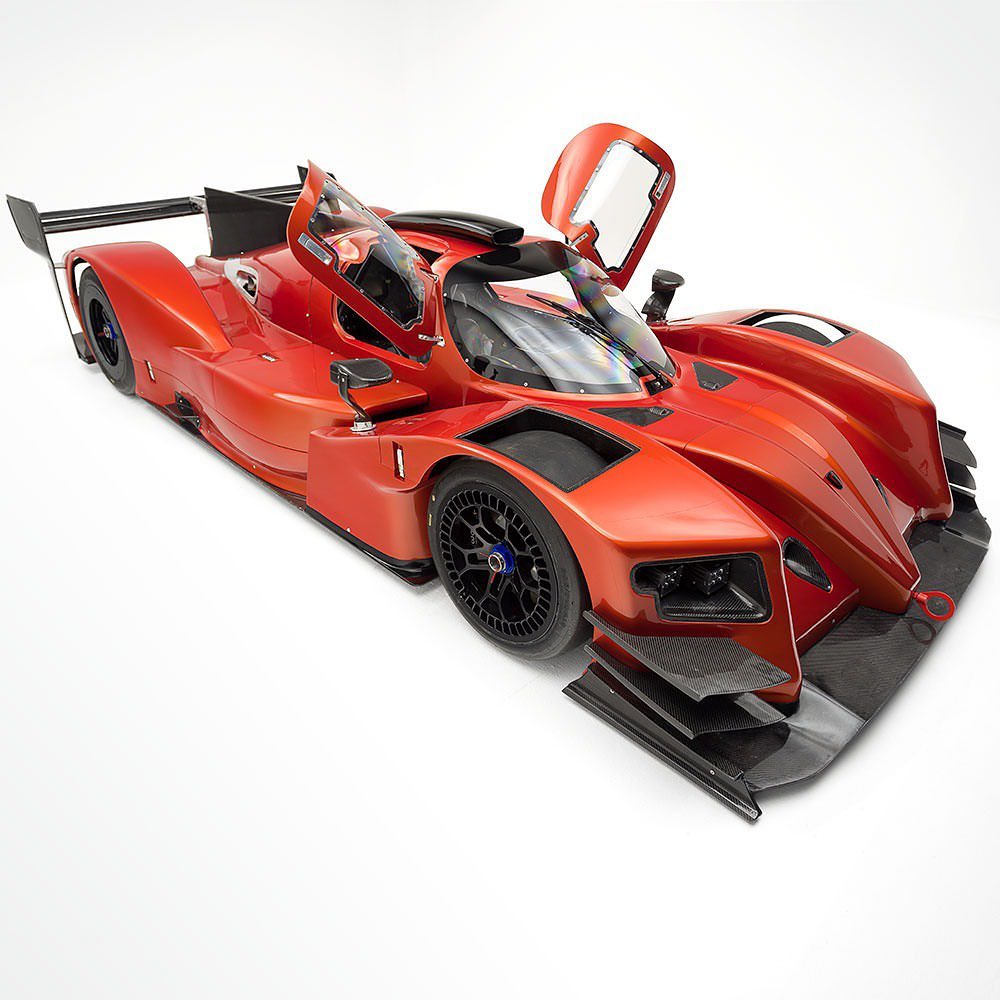
Leal Race Cars LR01 (2021 – )
The Colombian prototype that represents a milestone in the Latin American country’s motorsports industry, combining performance with a relatively affordable cost
Sourcers:
CEM: Um protótipo com um conceito diferente. Available at: http://sportmotores.com/portal/!site.go?s=332000000&p=.20055&id=68856&fbclid=IwAR3jEXuP6yQ39BsWtYnKJJA2sVYASxSdp_CHJ-40_an-BRAnZR5F-sxRDJo
Autosport Scheiwz.Suisse.Swizzera. Available at: https://motorsport.ch/de/newscenter?rubrik[]=5319&return=5388

